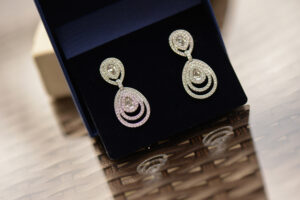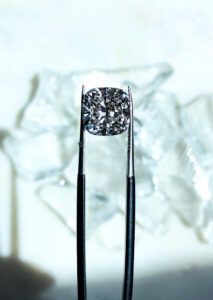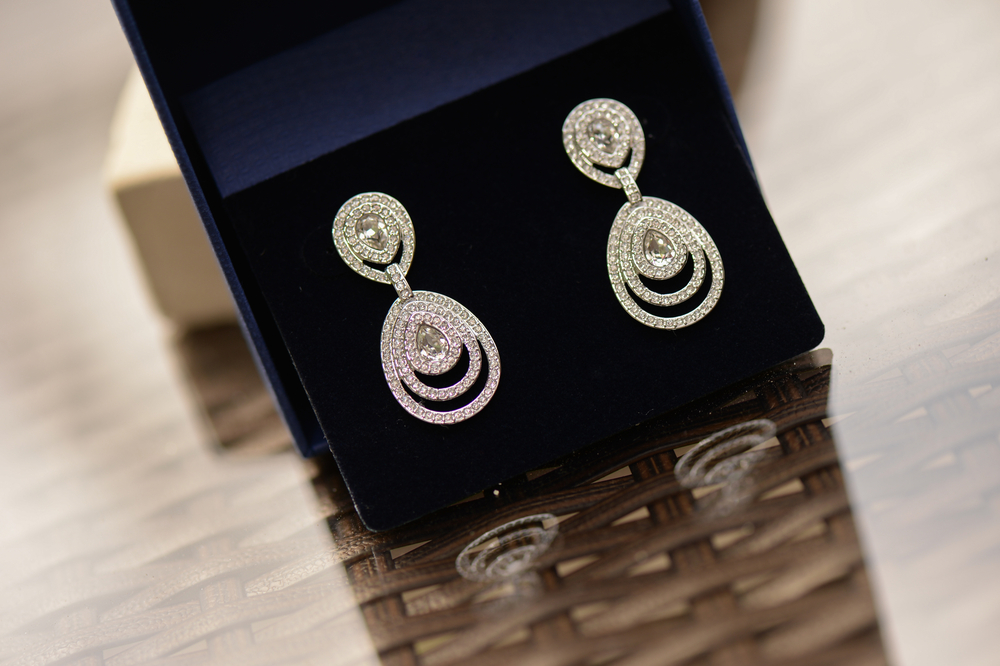
We all know that diamonds are extremely popular and almost every woman would have dreamt of her fancy engagement ring. As diamonds are popular and very expensive, many counterfeits of diamonds are available. Many scammers use these counterfeits to cheat people who don’t have much knowledge about diamonds. Surprisingly, many people fall for these scammers and lose their hard-earned money. This occurs mainly to people who are searching for non-reputed sites or sellers to get a discounted price. If you want a quality diamond for a low price, you can go for a lab-grown diamond from a reputed diamond store.
A jeweler can easily distinguish a real diamond from a fake diamond. They use diamond testers for this purpose. There are some methods you can follow at your home to check whether a stone is a real diamond or not. Below, we explain a few such methods.
Sandpaper Test
This is one of the easiest methods to sort out a cheap counterfeit from a real diamond. The things you need for this test are sandpaper and elbow grease. Rub the stone on the gritty side of the sandpaper. Diamond has a hardness of order 10 on the Mohs scale whereas the hardness of sandpaper lies between 7 and 9. So if you are testing a diamond, nothing will happen to the diamond. But if you are testing a fake diamond, it will scratch.
Read-Through Test
This test can only be done on loose diamonds. Find a sheet of paper with black-colored text on it. Try to read the text through the diamond. If you can read the text, when looking through the diamond, it is a fake diamond. You cannot read through a real diamond because the facets will refract the light in different directions.
Heat Test

Keep in mind that if you use this test on a fake diamond, it might damage them. So, do this experiment only if you are willing to lose the stone.
Take a pair of tweezers and hold the stone under a controlled flame for about 30 seconds to one minute. Make sure that the tweezers have a rubber handle or else your finger may get hurt. After heating the stone, immediately put it in a beaker of cold water. If the test specimen is a diamond, no damage will be caused to the stone. But if you are testing a counterfeit, this test will ruin it.
